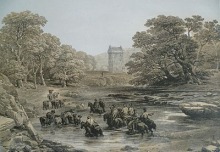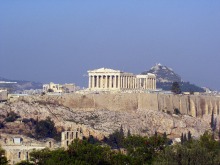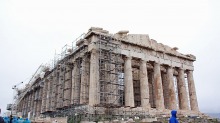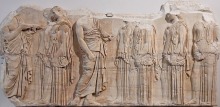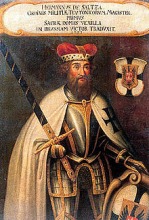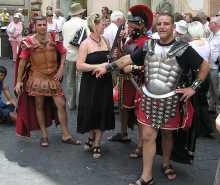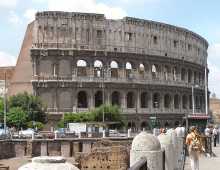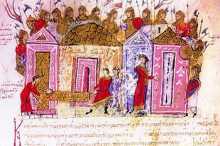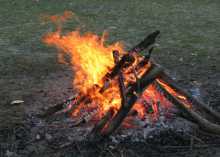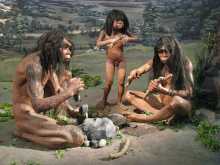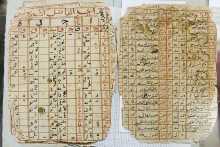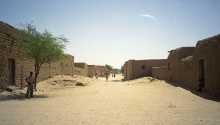There are many remnants of the past strewn across the world – wonders created by historical emperors, kings and religious leaders. These often monumental structures are built to act as a legacy for the rulers or to gain glory for the people of the kingdom in which they are constructed. The Parthenon, in Athens, is one such wonder, built by the Greek leader Pericles to honor the Goddess Athena and mark Athens as one of the greatest cities in the ancient world. It is a wonder of engineering that cost a fortune and took more than 15 years to complete. The Parthenon is widely considered to be the most important surviving structure of Greece’s history.
Construction on this massive temple was begun in 447 BCE though it would not be fully complete until 432 BCE. At the time
of its building, the Athenian Empire was a major power with an advanced fleet that ruled the world of the Mediterranean. The Parthenon was built atop the Acropolis that rests in the center of Athens, towering over the surrounding city in all its glory.
To build the Parthenon, the quarries of Athens were worked constantly. Giant marble blocks were carved from the ground and transformed into the many pieces which would eventually make up the great temple. The interior of the Parthenon once held another marvel – a great golden, ivory and bejeweled statue of Athena – though this has since been lost to time. A frieze of masterful craftsmanship once circled the interior of the temple, depicting scenes of Greek history and mythology. But this was damaged and broken and much of what remained was taken to British museums that, unfortunately, refuse to return it to Greece.
Historically, the Parthenon was used by many different civilizations over the years, as new empires came, conquered and then eventually left again. It was the site of a Christian church during the 5
th century AD and later a mosque in the mid-1400s.
Preservation of the Parthenon has not been the best. Weathering and age have taken their toll, but so too did an explosion within the temple’s interior that irreparably damaged much of the temple’s structure and the famous frieze. In 1975 a program was begun to help restore it to its former grandeur and many other countries came to Greece’s aid to help fix this wondrous building. Restoration has been a long and arduous process,
however, in an effort to get every detail as perfect as possible as well as to enhance the infrastructure and protect the Parthenon from future natural threats such as earthquakes.
It is unfortunate that so much of the temple has been damaged, though it is rare that such ancient sites survive untouched. If restoration efforts continue successfully, we may once again have the opportunity to look upon a Parthenon that at least mirrors the magnificence of its past and gives us a feeling of the awe that Greeks must have felt as this massive holy building.
